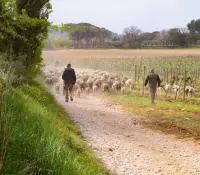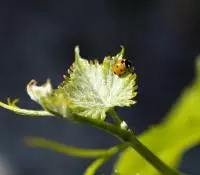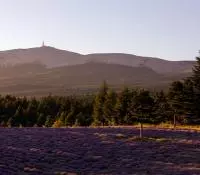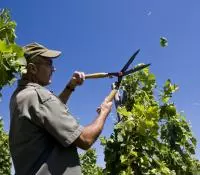- Protect biodiversity
Vitipastoralism, using sheep instead of lawn mowers
Practices such as vitipastoralism are very much a matter of personal conviction, the belief that a healthy soil is the foundation of any sustainable winegrowing, and are founded on a relationship of trust between the winemaker and the breeder.

Contents
This seems like a nice photo opportunity, but does it really serve a purpose?
Allowing sheep to graze in the vineyards from September to March, after the end of the harvest and before the first buds burst open, has several benefits. The first is that the grass grows back more slowly because of the constant grazing. It also leads to enhanced biodiversity and an increase in the number of insects, a prime source of food for birds, which will regulate the populations and reduce the risk of vine diseases.
The sheep’s droppings and the mechanical burying of the grass after the sheep have left provide a first supply of organic fertilizer. The soil is also decompacted by the sheep’s trampling. Lastly, the presence of the sheep reduces the number of times a tractor has to be used to plough the soil in the vineyards, thus reducing the carbon footprint.
So shepherds and wine growers are business partners!
Creating not just a picture-postcard vineyard, this intelligent collaboration provides 20% of a flock of sheep’s annual food requirements and, during the period when they graze in the vineyards, this figure rises to 40%*. As far as the shepherd is concerned, we can now see why he/she has become very popular again!
To encourage the development of vitipastoralism practices, the Syndicat des Vignerons des Côtes du Rhône is currently looking into the creation of a platform to connect winemakers to breeders. It is estimated that there are around a hundred domaines in the Côtes du Rhône that are already practising vitipastoralism.


